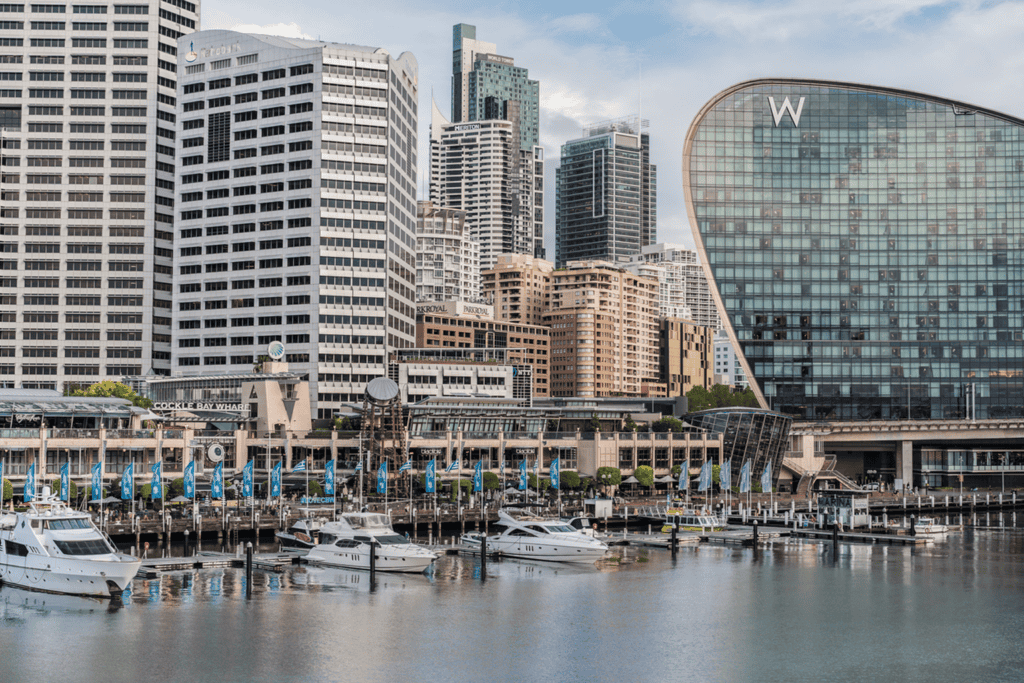“This levy’s in. It’s staying. It’s a fair and reasonable tax on the banks.”
That’s how Federal Treasurer Scott Morrison has been selling the prospect of imposing a new levy on the five biggest banks (the big four and Macquarie).
The annual levy of six basis points imposed in this year’s Federal Budget will start from 1 July 2017 and apply only to the banks with liabilities of at least $100 billion. The aim is to raise up to $1.6 billion a year, or $6.2 billion over the next four years, for ‘budget repair’.
At the same time, the Australian Competition and Consumer Commission will be able demand explanations from the banks on their changes or proposed changes to residential mortgage pricing, including changes to fees, charges, and interest rates.
Naturally, the banks are not happy with any of this and are threatening to pass the cost straight through to consumers. “The people who are going to pay for the tax are not the banks – it’s customers and shareholders of the banks who are normal people,” NAB CEO Andrew Thorburn says.
ANZ CEO Shayne Elliott says: “The reality is this is a tax on the millions of ordinary Australians who are bank shareholders and bank customers.”
On the nose
That attitude won’t win them any new customers. The banks generally are friendless.
“In political terms, they only have themselves to blame,” former Liberal Party leader John Hewson said after the Budget. “They have ignored all of the atrocities of the banking system, all the disadvantages that people have had to endure, and the government’s sitting there with a very political budget, saying, ‘We need some revenue – what’s a soft target? Oh, the banks have just boasted about another $30 billion worth of profits’.
Big four banks’ staff numbers and cash profit ($bn)

“The big banks see themselves on another planet, in another world. They run to their own rules. The one thing that Scott Morrison said that made real sense was when he told the banks, ‘You guys don’t get it. Your clients hate you’. And he can say that with some authority because they hate politicians, too.”
Housing affordability
The Budget also tackled the housing affordability crisis.
First-home buyers will be able to save for a house deposit through voluntary superannuation contributions taxed at 15%. Contributions will be limited to $30,000 per person in total and $15,000 per year. Both members of a couple can use the scheme.
Downsizers over the age of 65 can make a non-concessional contribution of up to $300,000 into their superannuation fund from the proceeds of the sale of their home.
As well, the government is setting housing supply targets for the states, pressing them to reform their town planning systems, and introducing a $1 billion National Housing Infrastructure Facility to help remove infrastructure impediments to developing new homes.
Investment opportunities
Government-owned land available for development will be listed on an online register. In physical terms, Defence Department land at Maribyrnong in Melbourne will be released for a new suburb of 6,000 homes. It’s also allowing managed investment trusts to develop and own affordable housing. Investors will receive a capital gains tax discount of 60%, and direct deduction of welfare payments from tenants.
Investment loans as a proportion of total housing loans*

There were no changes to negative gearing, but investors can no longer claim for travel associated with their investment property nor depreciation on ‘plant and equipment’ such as the dishwasher, oven and hot water system
Tougher rules on foreign investment in residential real estate remove the main residence capital gains tax exemption and tighten compliance. An annual levy of at least $5,000 will also apply to future foreign-owned properties that are vacant for at least six months each year. As well, developers also won’t be allowed to sell more than 50% of new developments to foreign investors.




